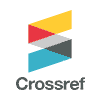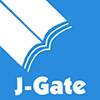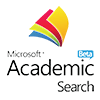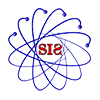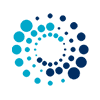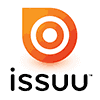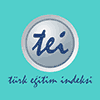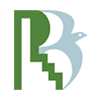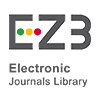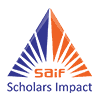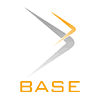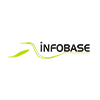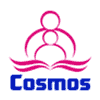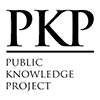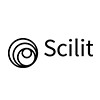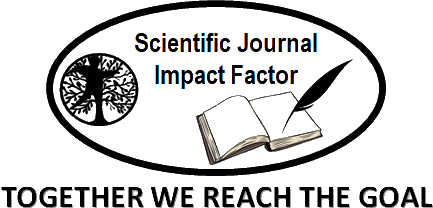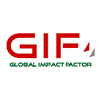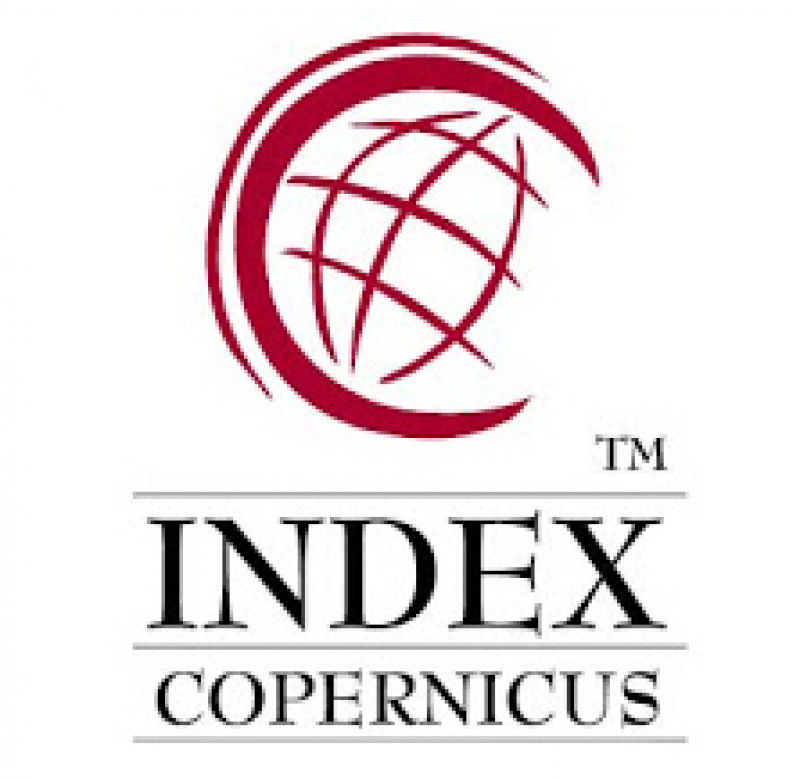Analysis and Review the Role of Institutions in Afghanistan's Economic Underdevelopment
Abstract
Keywords
Full Text:
PDFReferences
Barnet, R. & Muller, R., translated by Gharib, M. (1984). Global Dominance. Tehran: Hashemi Publications.
Betis, D. & Plakfer, translated by Mohsen, M. (1996). Cultural Anthropology. Tehran: Scientific Publications.
Bonyanian, H. (2007). Culture and Development in Iran. Tehran: Amir Kabir Publishing.
Constitution of Afghanistan, (1964).
Constitution of the Islamic Republic of Afghanistan, (2003).
Deckel, A. W., Volmer, P., Weiner, R., Gary, K. A., Covault, J., Sasso, D., ... & Abeles, I. (2000). Dietary arginine alters time of symptom onset in Huntington’s disease transgenic mice. Brain research, 875(1-2), 187-195.
Farhang, M. M. S. (1992). Afghanistan in the Last Five Centuries. Qom: Ismailian Publishing House.
Farshad Momeni (2021). Culture, Formal Institutions, and Economic Development. Strategic Culture Journal, No. 55, Autumn 2021.
First National Conference on the Islamic-Iranian Model of Progress Articles Collection, (2010). Tehran: Research Institute of Culture and Islamic Thought.
Ghavam, A. (2005). Challenges of Political Development. Tehran: Tashar Qomess.
Gholipour, A. (2005). Institutions and Organizations. Tehran: Samt Publications.
Ghorabaghian, M. (1997). Economics of Growth and Development. Tehran: Nashr-e-Ney Publishing.
Kateb Hazara, M. F. (2013). Tadhkerat al-Enqelab. Cologne, Germany: Kaveh Publishing House.
Khalili, R., Banihashemi, M., & Gholipour, M. (2020). Security and Development; The Impact of National Security Discourses on Development Plans In the Islamic Republic of Iran. Quarterly Journal of The Macro and Strategic Policies, 7(28), 548-580.
Mahdi Safarpour & colleagues (2010). In the Articles Collection of the First Conference on the Islamic-Iranian Model of Progress, Vol. 1, p. 468. Tehran: Research Institute of Culture and Islamic Thought.
Mashhadi Ahmad, M. (2014). Institutional Economics. Tehran: Imam Sadiq University Press.
Mohammadi, A. (2015). Afghanistan and the Modern State. Kabul: Amiri Publishing.
Mohammadi, A. (2020). Administrative Law of Afghanistan. Kabul: Vajeh Publishing.
Mohtadi, M. (2007). Mo’in Dictionary. Tehran: Zarrin Publications.
Moses, M. L. (2012). The Principles and Practice of International Commercial Arbitration. Cambridge: Cambridge University Press. DOI:.
Motavasseli, M. (2003). Economic Development. Tehran: Samt Publishing.
Mulla Faiz Mohammad, S. T. (1991). Siraaj al-Tawarikh. Qom: Namuneh Printing House.
Oxford English Dictionary. 2023. Oxford University Press.
Papali Yazdi, M. H. (1993). Afghanistan, Ethnic Groups - Nomadism. Mashhad: French Association of Iranian Studies.
Roaa, O. translated by Sarvaghed Moghadam, A. H. (1993). Afghanistan, Islam, and Political Modernism. Mashhad: Quds Razavi.
Sabet, S. A. & others (2014). The Nature and Essence of Progress in Islam. Qom: Al-Mustafa Publishing.
Sajadi, A. Q. (2001). Political Sociology of Afghanistan. Qom: Bostan-e-Ketab Publishing.
Sajadi, A. Q. (2022). Foundations of Political Science. Kabul: Khatam Al-Nabiyeen University.
Salimi, A. H. (2015). Religion and Legislation in Afghanistan. Journal of Public Law, Vol. 7, No. 2, Spring & Summer 2015.
Sinai & Yousefzahi. (2019). Measuring the Economic Development of Afghanistan in the Democracy Era (2001-2017). Central Eurasian Studies, 2019.
Todaro, M. P. (2020). Economic development (12th ed.). Pearson.
Todaro, M. translated by Farjadi, G. R. (2012). Economic Development in the Third World. Tehran: Kohsar Publishing.
Va’ei, H. (2010). Confused Identities. Kabul: Ministry of Foreign Affairs Strategic Studies Center.
Weiner, M., & Huntington, S. P. (1987). Understanding political development: An analytic study. Boston: Little, Brown.
DOI: http://dx.doi.org/10.18415/ijmmu.v12i3.6678
Refbacks
- There are currently no refbacks.
Copyright (c) 2025 International Journal of Multicultural and Multireligious Understanding

This work is licensed under a Creative Commons Attribution-NonCommercial-NoDerivatives 4.0 International License.
https://ijmmu.com
editor@ijmmu.com
facebook.com/ijmmu
Copyright © 2014-2018 IJMMU. All rights reserved.






